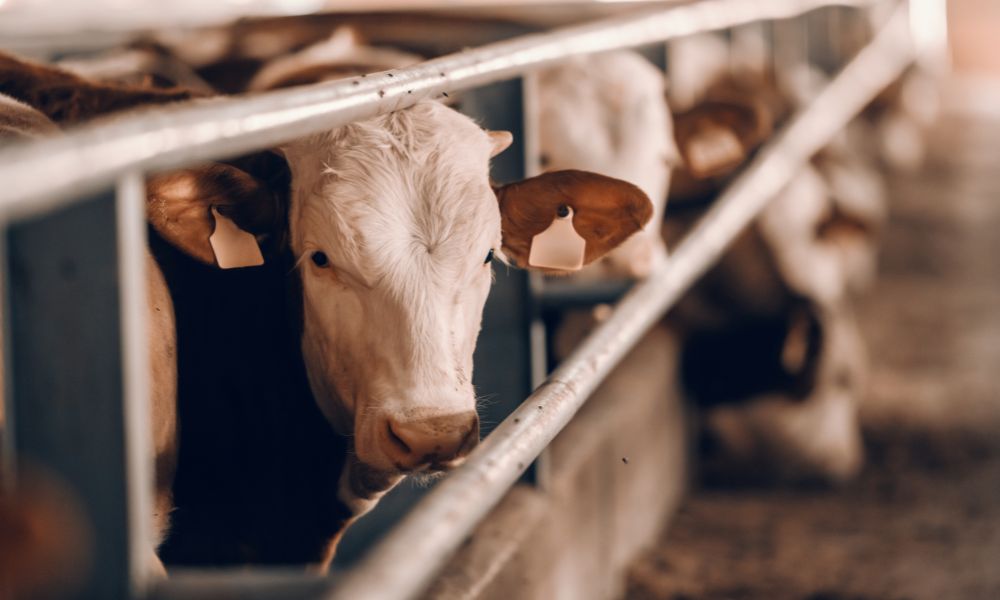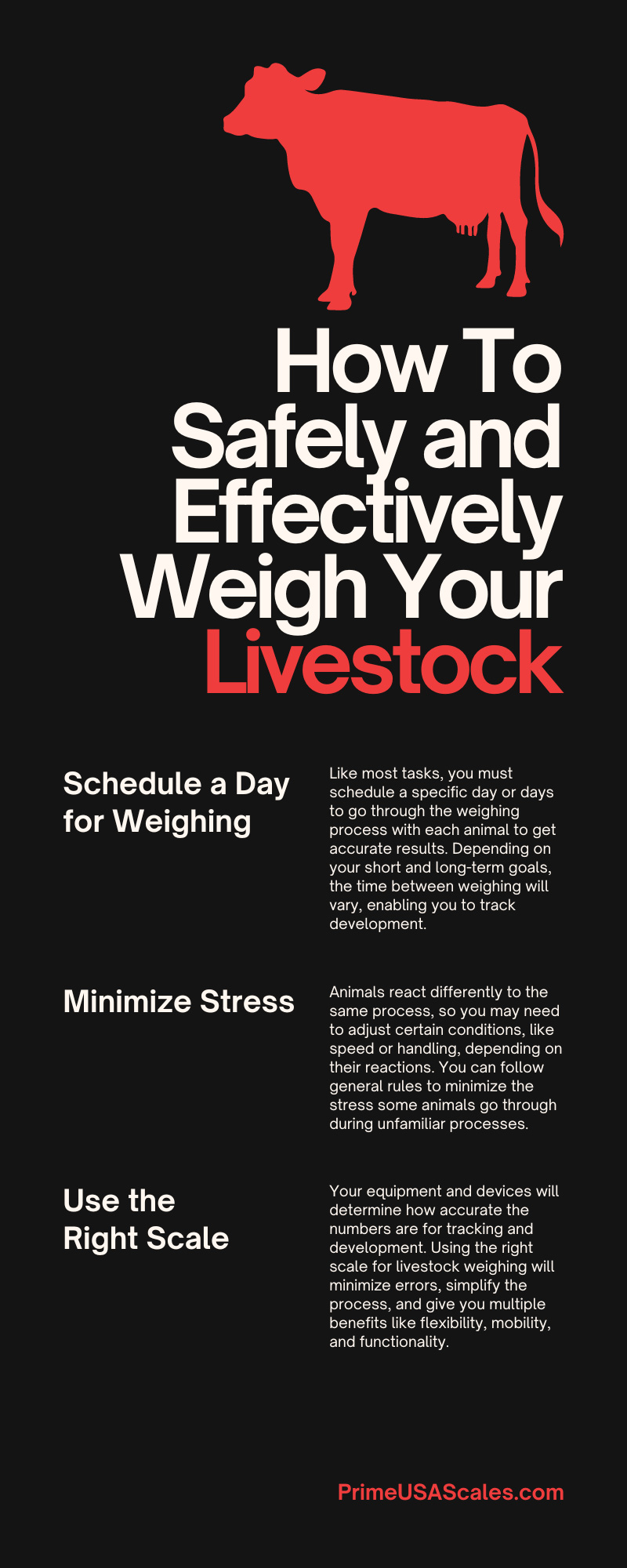Working with animals means relying on essential equipment to track their growth and keep workflow functional and efficient. Applying various processes to enhance development will minimize errors and help farmers and animals reach their goals in less time.
Weight is essential for development; it signifies an animal’s condition, which is especially important when you track earnings or prices through pounds or size. Most businesses dealing with animals must use weight as a part of their inventory, storage, and transportation processes to comply with security and safety guidelines.
You must follow certain rules to reduce movement and stress in animals in order to safely and effectively weigh your livestock and get clear results. Animals have different personalities and react to certain processes, but you can achieve results and increase productivity with the right guidance and equipment.
Schedule a Day for Weighing
Like most tasks, you must schedule a specific day or days to go through the weighing process with each animal to get accurate results. Depending on your short and long-term goals, the time between weighing will vary, enabling you to track development.
Scheduling time will focus your attention on this important activity and lead to better animal management to expedite the process. You should consider this task as the last step of a cycle, whether for nutrition purposes, breeding, or sales.
Minimize Stress
Animals react differently to the same process, so you may need to adjust certain conditions, like speed or handling, depending on their reactions. You can follow general rules to minimize the stress some animals go through during unfamiliar processes.
To minimize stress, reduce loud noises around your livestock, like tractors, heavy-duty machinery, and people. A quiet environment will keep animals calm and cooperative, making the process quicker and giving you more accurate results. Consider using the dynamic weight feature on a scale.
Use the Right Scale
Your equipment and devices will determine how accurate the numbers are for tracking and development. Using the right scale for livestock weighing will minimize errors, simplify the process, and give you multiple benefits like flexibility, mobility, and functionality.
Cattle scales come in different sizes, depending on your number of livestock and how often you plan on weighing them. These factors influence your decision to use a stationary or portable scale. Technology keeps providing new solutions to common problems in various industries, and innovative scales simplify processes. They provide instant results you can share with mobile devices.
Set Up the Scale on a Flat Surface
Placing your scale on a flat surface is essential for accurate results and for preventing damage to your equipment from heavy loads. Before installing your scale, ensure the surface is free of dirt and debris; always place the scale on a paved area for stronger support.
The sensors on a scale are strong but sensitive, which means you need to weigh animals in certain weather conditions and on no inclination. Additionally, you must clean it after every use. Scales only need a little maintenance, even for heavy-duty activities, so preventive upkeep will increase effectiveness.
Use Dynamic Weight
Technology provides new features that come in handy for people working with animals. Dynamic weight is ideal for stabilizing results. This feature minimizes fluctuations in movement; it’s especially valuable for stressed animals that move a lot during the weighing process.
Dynamic weight records various weights in a short period and averages the fluctuations to get a more accurate number. The less movement from the animal, the clearer the number will be. Even with some movement, the accuracy percentage is around 99 percent for weight tracking.
Easy Access for Animals
Setting your scale in an open area with easy access for your livestock is essential for maximizing efficiency, minimizing stress, and simplifying processes. Some farmers set a trail for animals to follow, stand on the scale for a moment, and continue the path. This will help you with a continuous flow.
Keeping your space functional will benefit this process and any future action to track and record animal development. Easy access allows you to safely and effectively weigh your livestock without worrying about crowding, obstacles, or something that could slow the process.
Get the Necessary Information
Before weighing your animals, it is essential that you know some details like size, breed, age, and sex. This information will complement the weight results. Weight is not just one number that involves every characteristic; it discloses mass, muscle, and fat, which are also important for animal development.
Some scales come with digital screens that require you to enter this information to take in as many details as possible to get accurate numbers. This feature enables you to focus on different goals, whether they are meat and milk production or giving your animals a better quality of life.
Use a Nearby Electric Source
Placing your scale close to an electric source will improve connection and keep it active for as long as you need it. The location of an outlet influences where you place the scale, and you can always install one in a specific location or use an extension cord if you have problems finding one.
Dome scale platforms work with batteries, but they could drain quickly depending on usage and slow the weighing process; having a direct connection is better. You must consider the fact that new scales are digital before placing a permanent scale and choosing the right location.
Make It a Morning Routine
Start the weighing process in the morning before your animals’ first meal to avoid fluctuations, minimize errors, and get accurate results. Livestock needs large amounts of food and water, so weighing them on empty stomachs will help with accuracy and improve tracking.
The earlier you start this process, the better; everyone can return to their regular activities quicker once you get all the information. Setting up a team to create an efficient workflow and help you handle and guide the animals will make your farm life easier.
Working with industry professionals and getting your equipment from authorized manufacturers and distributors will positively impact your business and open you to new opportunities.

